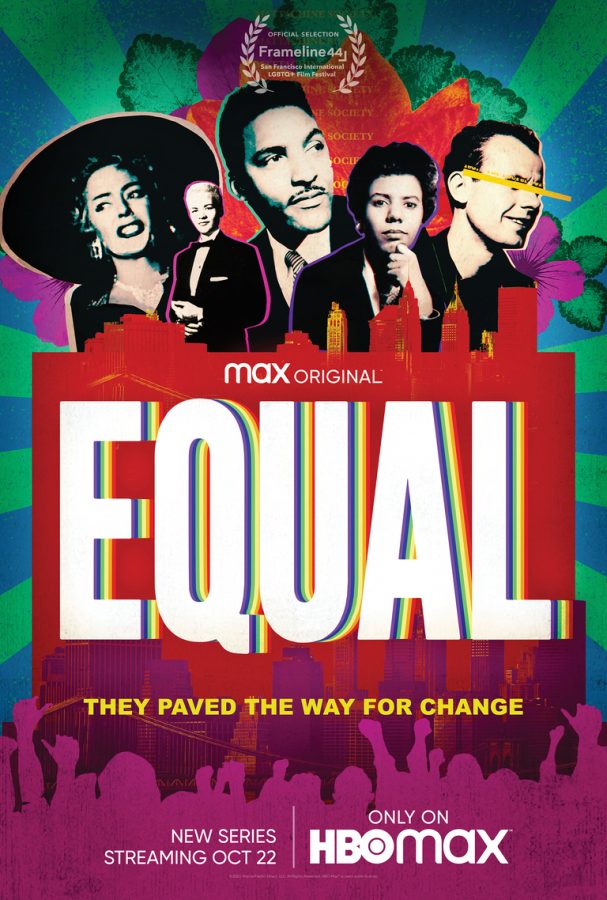Wolves of Pride: A short history of LGBT journalism
January 19, 2021
The relationship between LGBTQ+ and journalism is one that is surprisingly strong. It makes sense though; journalism can give a platform to those otherwise voiceless.
In October, HBO Max came out with the four-part docuseries “Equal,” which seeks to tell the less-known movements for equality prior to the famous Stonewall Riots. It educates about all the heroes that often go overlooked in discussions today. In the first episode it discusses the LGBT civil rights organizations that were forced to congregate in secret for obvious safety reasons, such as the Mattachine Society, for predominately male homosexuals but also lesbians, and Daughters of Bilitis, created specifically for lesbians. These meetings were in person though, which limited their reach, so members of the Mattachine created ONE Inc. in 1952 and ONE Magazine a year later.
This was so monumental because it was one of the first magazines to be so open and widespread about the LGBT lifestyle. Now, thousands of gays were given a community in a society that looked them straight in the face and told them they did not have nor deserve one.
ONE focused on a multitude of things, including civil rights and LGBT history. It discussed intense issues like McCarthyism and the Lavender Scare, both of which targeted gays and lesbians as threats and communist sympathizers. There were also letters to the editor, short stories, and a multitude of columns. Over 500,000 copies of ONE were issues between 1953 and 1956.
In 1956, the Daughters of Bilitis created The Ladder, a monthly magazine focusing on the lesbian community and the issues they dealt with. This was an even bigger deal, because before ONE there were still smaller, male devoted queer magazines. A lesbian-focused magazine, however, was practically unheard of. Although its readership was much smaller than ONE and peaked at 1,000 readers monthly, it was major in a society dedicated to women conformity.
Now, organizations such as the Association of LGBTQ Journalists exist to elevate queer voices and make sure LGBT issues are being covered ethically. There are also many college scholarships available to journalists within the community.
Resource availability for queers is arguably higher than ever with the internet at one’s fingertips, but that is not an excuse to forget where the community started: curtains closed, hunched over a typewriter, one issue at a time.



